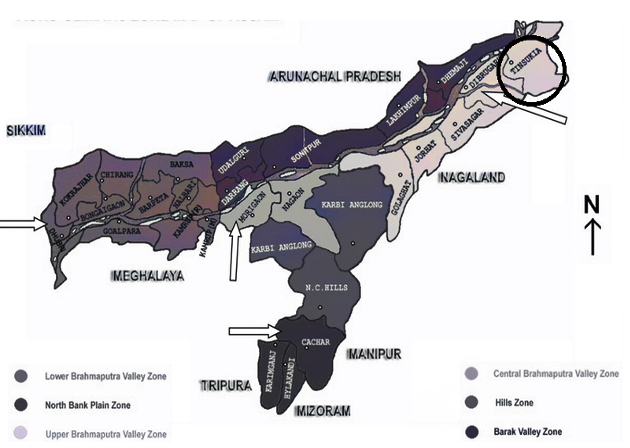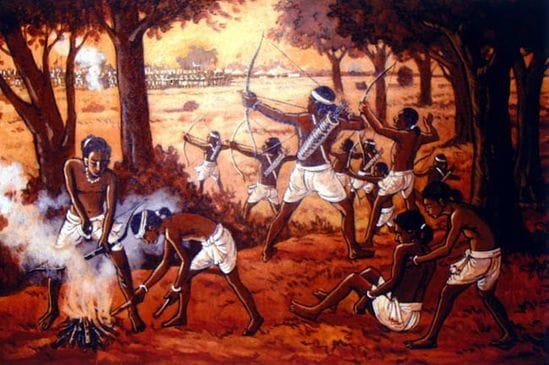Table of contents
UPSC asked a question about tribal revolts in CSE 2022, 2018 and in many previous years. It is a pet topic and significant tribal revolts must be remembered.
Here is the list of tribal revolts you should know about:
Chuar Uprising
- This occurred between 1771 and 1809 near Midnapore, Manbhum and Bankura villages.
- It is also known as Jungle Mahal Rebellion due to ‘Chuar’ being a derogatory term.
- Increased taxes, famine, high demands and economic hardship were some causes of revolt.
- Paiks, zamindars and common Chuars participated in the uprisings.
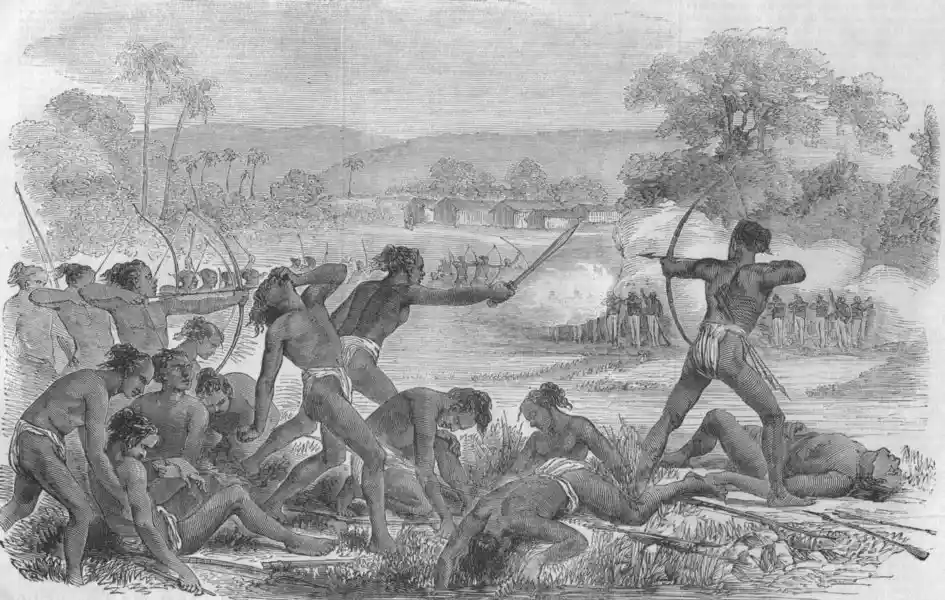
Ramosi Uprising
- It was a farmer uprising against the British government’s lack of anti–famine action from 1877-1887 under Vasudev Balwant Phadke in the Western Ghats area.
- The Ramosi revolt in Satara took place in 1822 under the leadership of Chittur Singh.
- As a strategy to end the uprising, the British adopted a pacifist approach and hired some of them as hill cops.
- Vasudeo Phadke wanted his own army, and for it, government treasuries were robbed and communication lines were disrupted
Below is a question from UPSC CAPF 2019:

Khond Rebellion
- The tribe is mainly seen in Orissa and the Srikakulam and Visakhapatnam districts of Andhra Pradesh.
- The uprising took place in Orissa in 1836 and from 1855-56, led by Chakra Bisoi.
- Causes of the revolt included British interference in the Mariah system (practice of human sacrifice), introduction of the new taxes and intrusion of zamindars and moneylenders into their areas.
- The Khonds battled with Tangi, a type of war axe.
- The Savaras and other clans commanded by Radhakrishna Dandasena joined it later.

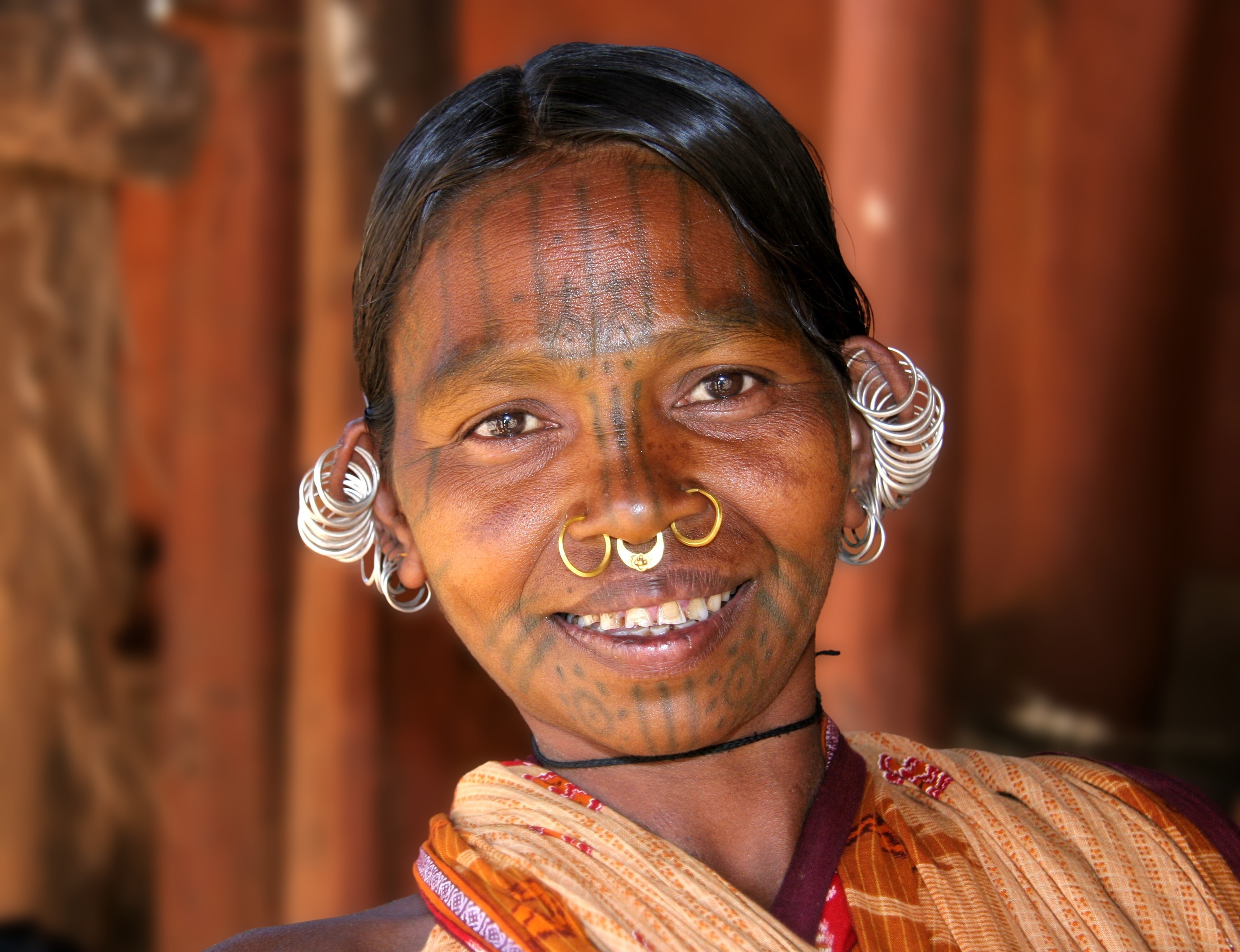
We can't clear UPSC for you.
But with our personalised mentor support, you'll be ready to do it yourself.
Santhal Hool
- It took place in 1855-56 in present-day Jharkhand.
- It was an outcome of the Permanent Land Settlement of 1793, introduced by Cornwallis.
- The East India Company in 1832 demarcated Damin-i-Koh from the region of Jharkhand with a promise of non-interference in Santhal land.
- Prominent leaders like Sidhu and Kanhu led the revolt.
- Santhals engaged in guerrilla warfare by forming their own armies and disrupting the rail and postal communications.

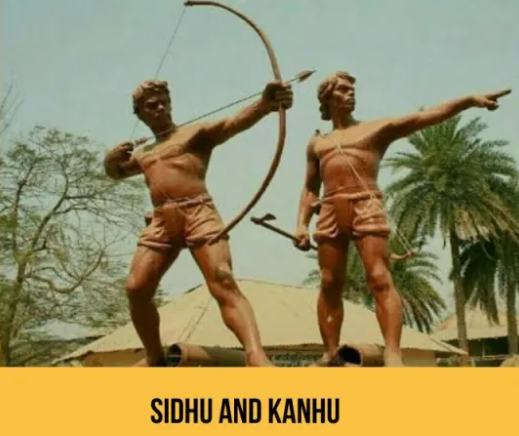
Bhil Uprising
- It was one of the first revolutions carried out by a tribal group in the year 1818.
- In 1818, all Bhil tribal states concluded a treaty with the British administration.
- This led to a ban on the domestic consumption and trade of certain products and on the distillation of liquor.
- A British representative named Colonel Walter concluded a peace settlement with the Bhils.
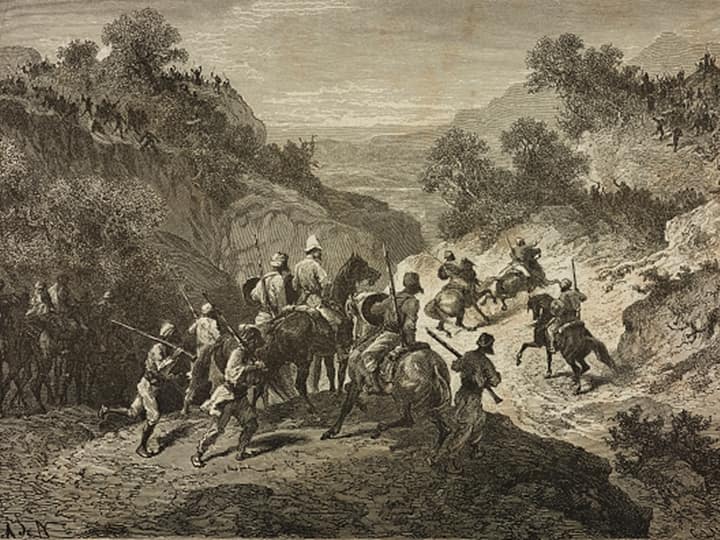
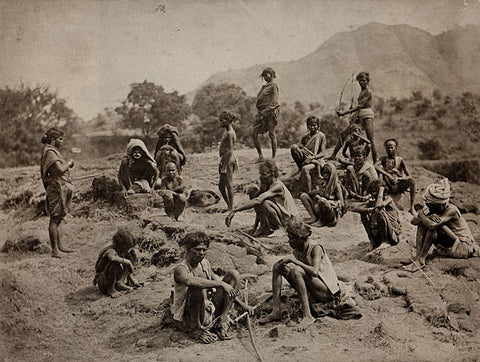
Munda Rebellion
- The Munda Ulgulan or rebellion was an outcome of non-tribals impacting the Khuntkatti System.
- In the Khuntkatti System, the whole clan jointly owned the land fit for cultivation. But in the 19th century, jagirdars and zamindars started to settle in these lands.
- The land owned by Mundas were seized or forfeited and they were forced to work as landless laborers in the fields of these Jagirdars and zamindars.
- Landlords and Dikus (outsiders) strengthened their hold over the properties, and demands began.
- November 15 is the birth anniversary of Birsa Munda and is celebrated as 'Janjatiya Gaurav Diwas'. The day corresponds with the formation of Jharkhand.
- In 1894, Birse Munda declared revolt against the British and the Dikus with aim of creating a ‘Munda Raj’.

Koya Uprising
- Koyas of the eastern Godavari track in present-day Andhra Pradesh revolted in 1803, 1840, 1845, 1858, 1861, and 1862.
- They were led by Khonda Sara leaders and later under Tomma Sora.
- Raja Anantayyar led another uprising in 1886 as a response to Tomma Sora’s demise
- The uprising was to protect their autonomy, resist oppression, and defend their traditional way of life.
Let's try this practice PYQ from the UPSC CDS I 2023 exam.


Ho and Munda Uprisings
- Ho and Munda uprisings took place from 1820 to 1837 in the Chota Nagpur and Singhbhum region of Jharkhand.
- It involved Ho tribals led by Raja Parahat against new farming revenue policy, and later became the Munda rebellion.
- The rebellion started as a religious movement but became political as it fought against the introduction of feudal and zamindari systems.
- It merged with the Munda movement and was carried forward.
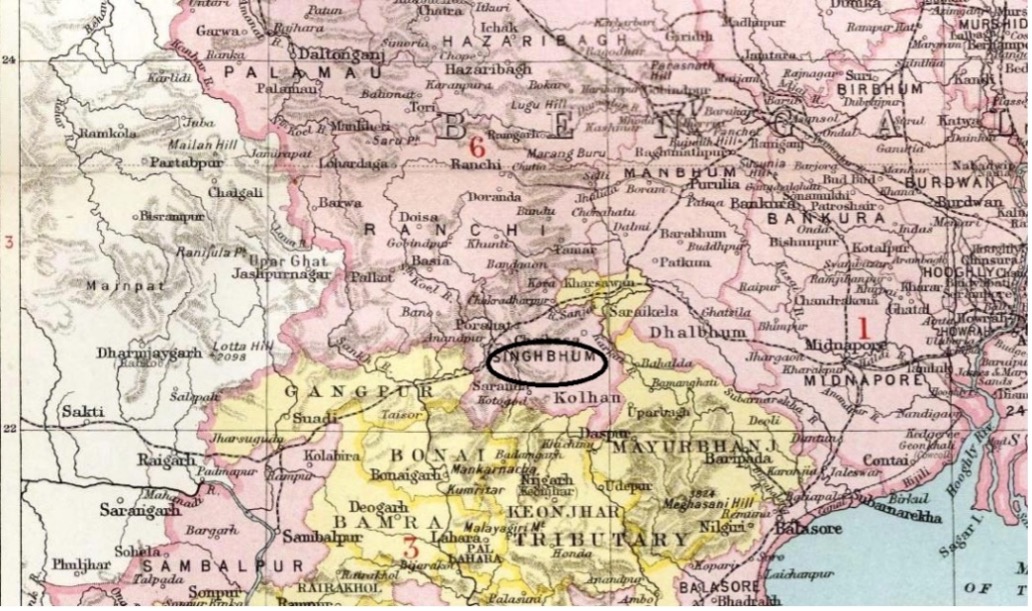
Paharias rebellion
- It took place in the Raj Mahal Hills region in present-day Jharkhand in 1778 against encroachment of Britishers on their territory.
- British authorities declared Pahariya-inhabited region as ‘damni-kol’ meaning forbidden territory and hence the British agreed to non-interference in their administration.
- A buffer zone was created between British expansion and the Pahariya areas.
- It was one of several instances where tribes asserted their sovereignty and resisted British expansion.

Singphos’ Rebellion
- The Singhpho rebellion took place in Assam, and coincided with British preoccupation with the Khasis in 1830.
- The Singhphos rose up and killed the British Political Agent which started the actual rebellion.
- They were led by their chief Nirang Phidu who assaulted the British Garrison in 1843 killing many soldiers.
- A British settlement in Assam was attacked by Khasma Singphos later in 1849.
- Bom Singpho was a member of the Beesa Gaum who joined with Peali Borgohain and some Ahom nobles to overthrow the British rule in Assam.
